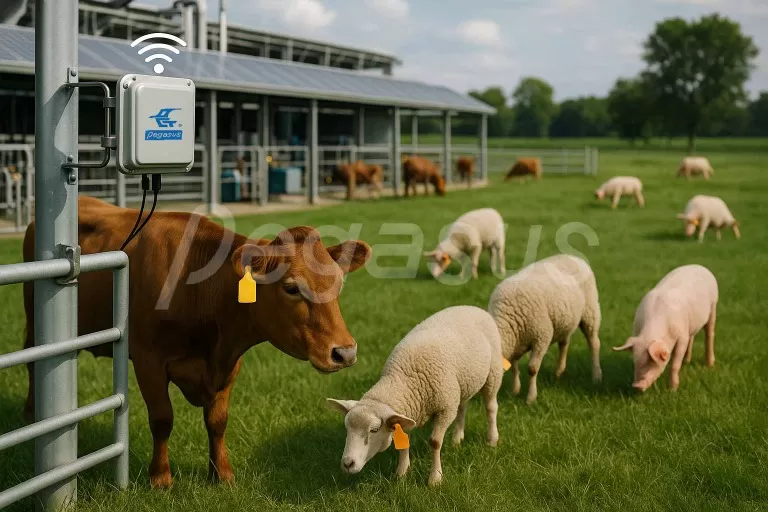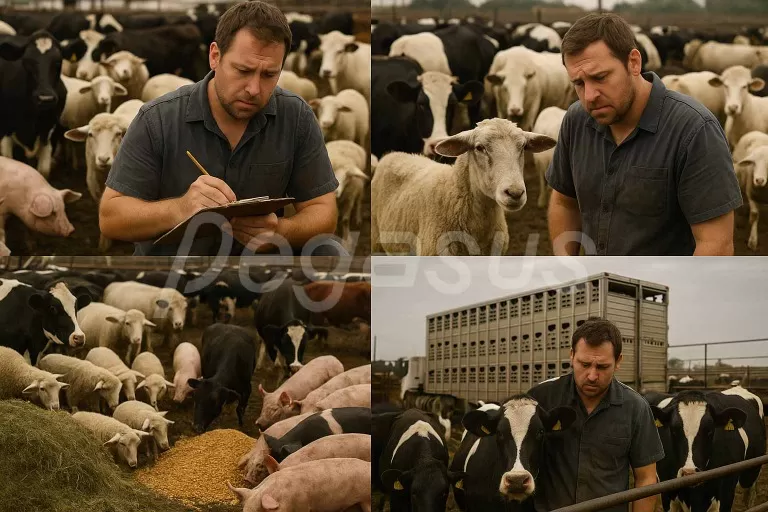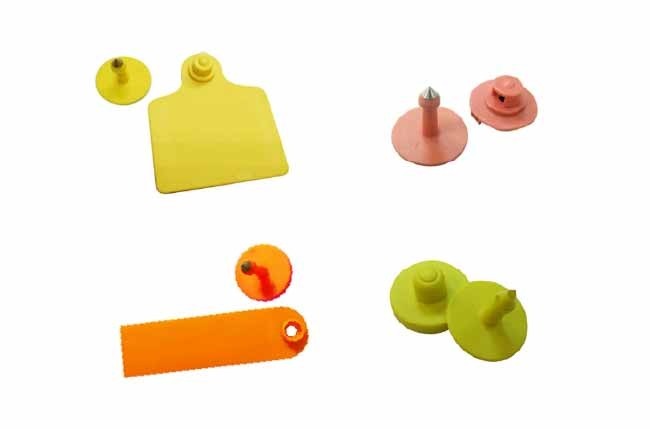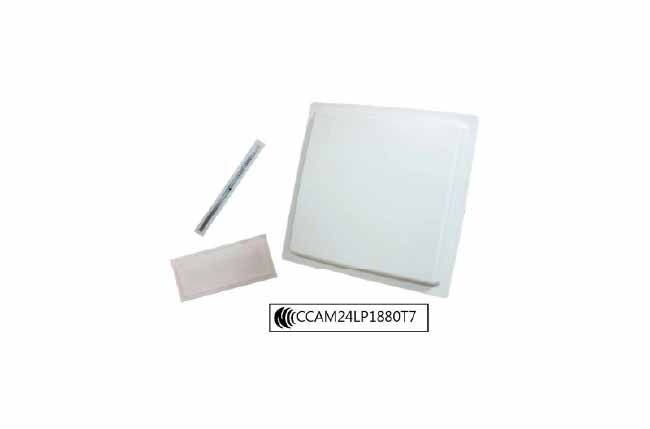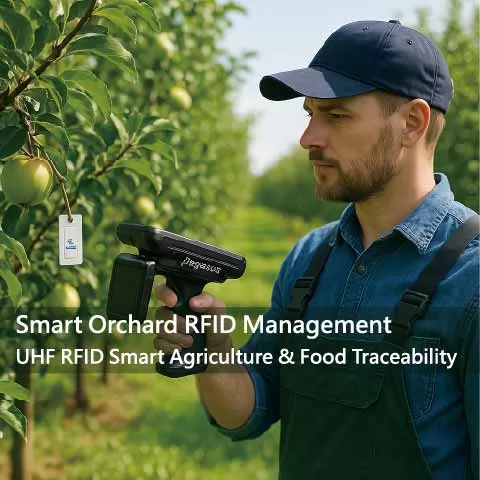In modern agriculture and livestock farming, the core challenge is not workforce management but how to effectively track and monitor large herds. Many farms abroad operate under automated production models with limited labor input, creating an urgent need for accurate and long-range automated monitoring. UHF RFID technology has become a key driver of agricultural digitalization and smart livestock management.
Challenges
- Large livestock populations: Manual record-keeping is time-consuming and prone to errors.
- Disease prevention: Lack of real-time health monitoring makes it difficult to contain outbreaks.
- Inefficient resource utilization: Rotational grazing, feed allocation, and breeding records are hard to track.
- Supply chain risks: Limited traceability during transport can compromise food safety.
UHF RFID Solutions
With long-range reading capability and high accuracy, UHF RFID significantly improves livestock management efficiency:
- Livestock identification and tracking: Each animal is equipped with an RFID ear tag or implantable UHF transponder to record breed, age, and vaccination history.
- Health monitoring: Integrated sensors collect temperature and activity data, enabling early detection of abnormalities and real-time alerts for managers.
- Grazing and feeding management: Data analytics optimize grazing rotation and feed supply, reducing waste and improving growth performance.
- Breeding records: Automated tracking of breeding cycles and bloodlines supports precision breeding.
- Supply chain and cold chain management: RFID tags log temperature and logistics data, ensuring meat and dairy products remain safe, high-quality, and compliant with regulations.
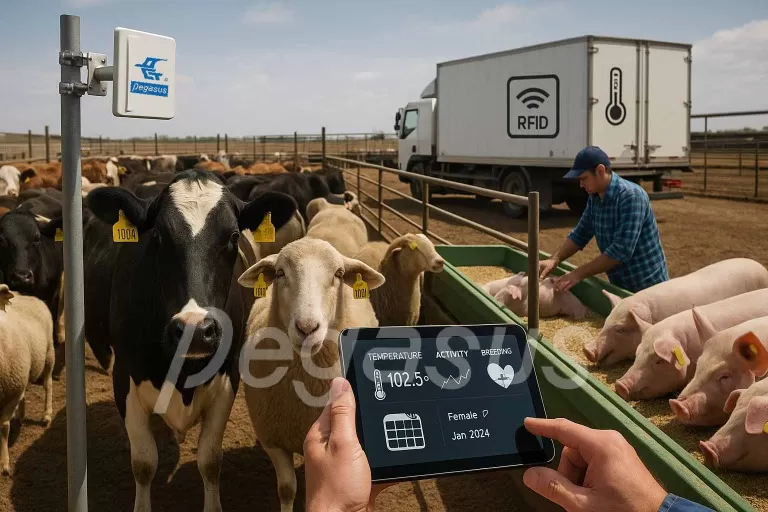
Key Benefits
- Livestock identification accuracy improved to over 99% per farm.
- Disease outbreaks reduced by 30–40% through early monitoring.
- Feed waste reduced, lowering average feeding costs per animal by 10–15%.
- Supply chain traceability strengthened, reducing product returns and compliance risks.
Extended Value
- Data-driven decision-making: Provides insights into grazing models, feeding efficiency, and vaccination coverage.
- Sustainable agriculture: Optimizes land use and reduces soil degradation caused by overgrazing.
- Equipment and resource management: Tracks both livestock and farm machinery usage and maintenance needs.
- Global trade trust: Enhances product transparency and meets international import/export compliance standards.
Global Trends
According to industry research, smart livestock farming and precision agriculture are becoming global trends. In North America and Europe, UHF RFID is combined with IoT and cloud platforms to achieve data integration. In the Asia-Pacific region, growing farm sizes and stricter food safety regulations are driving RFID adoption. UHF RFID not only reduces labor dependency but also accelerates the transition toward digitalized and intelligent farming.
(FAQ)
Q1:Will UHF RFID ear tags affect the health and growth of animals?
A: No. Ear tags are made from livestock-grade materials, lightweight, and do not interfere with daily activity or feeding. Application is simple, quick, and compliant with animal welfare standards.
Q2:Will the open farm environment cause interference or unstable reading performance?
A: No. UHF RFID systems support long-range reading and can be configured with antennas and readers based on farm size. In practice, stable identification can be maintained in both open pastures and barns.
Q3:Does implementing UHF RFID require replacing existing farm equipment on a large scale?
A: No. UHF RFID integrates with existing livestock management processes. Animals only need to wear RFID ear tags, and readers can be installed at key points, enabling a step-by-step deployment.
📚
If you are a system integrator or distributor looking for RFID modules and application solutions for the agriculture and livestock industry, feel free to contact us.
We provide RFID modules, readers, and comprehensive technical integration recommendations to help you accelerate project development and implementation planning.


